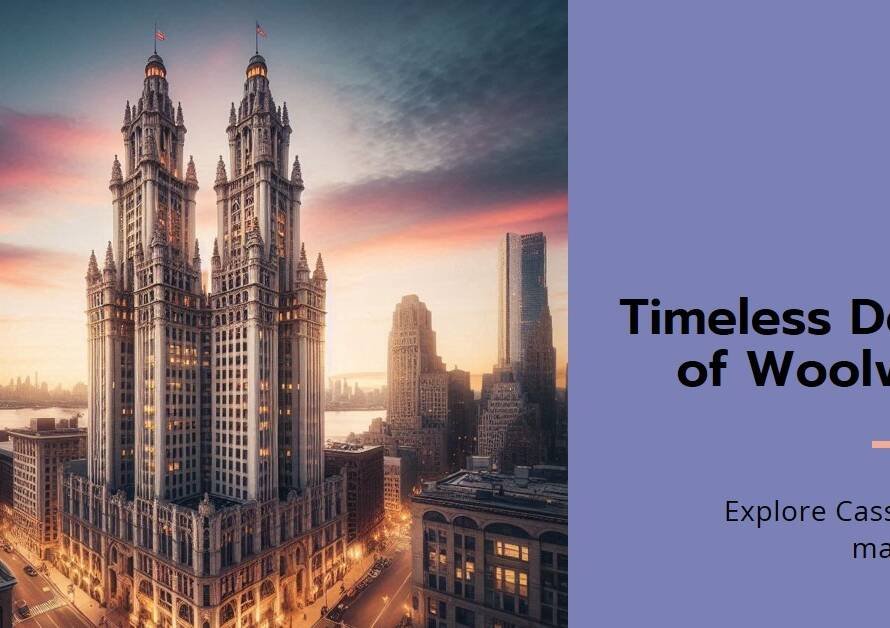
Table of Contents
Introduction to Adaptive Reuse:
In an era where sustainability and preservation are at the forefront of architectural discourse, the concept of adaptive reuse has emerged as a beacon of innovation. This practice involves breathing new life into old buildings by repurposing them for contemporary use, thus revitalizing both the structure itself and the surrounding community. Through strategic planning and creative vision, architects and developers are reshaping the urban landscape, marrying history with modern functionality. In this blog post, we delve into the art of adaptive reuse, exploring its benefits, challenges, and inspiring examples from around the world.
Preserving Heritage, Embracing Change:
One of the primary objectives of adaptive reuse is the preservation of cultural heritage. By salvaging historic buildings, we honor the past and maintain a tangible link to our collective history. However, this preservation does not imply stagnation. On the contrary, adaptive reuse celebrates the evolution of architecture, embracing change while retaining the essence of the original structure. It offers a harmonious blend of tradition and innovation, fostering a sense of continuity in rapidly evolving urban environments.
Unlocking Potential:
Unconventional Spaces Reimagined: One of the most intriguing aspects of adaptive reuse is its ability to transform unconventional spaces into functional and inspiring environments. Abandoned warehouses, factories, and even churches are being repurposed into vibrant hubs of activity. Through imaginative design solutions, architects capitalize on the unique features of these structures, turning limitations into opportunities. The result is a diverse array of spaces that cater to a variety of needs, from residential lofts and office complexes to cultural centers and artisanal markets.
Sustainability Through Preservation:
In an age of environmental consciousness, sustainability is a driving force behind many architectural decisions. Adaptive reuse aligns seamlessly with this ethos by reducing the demand for new construction materials and minimizing waste. By repurposing existing buildings, we mitigate the environmental impact associated with demolition and construction, thus conserving valuable resources. Additionally, adaptive reuse promotes walkability and reduces urban sprawl by revitalizing existing infrastructure in established neighborhoods.


Challenges and Opportunities:
While the concept of adaptive reuse is undoubtedly compelling, it comes with its own set of challenges. Preservationists and developers must navigate regulatory hurdles, financial constraints, and logistical complexities. However, these obstacles also present opportunities for creative problem-solving and collaboration. By engaging with stakeholders and fostering community involvement, architects can overcome these challenges and create spaces that resonate with their users on a deeply personal level.
Case Studies:
Inspiring Examples from Around the Globe: To illustrate the transformative power of adaptive reuse, let us explore some notable case studies from around the world. From the High Line in New York City, where an abandoned elevated railway was transformed into a vibrant public park, to the Tate Modern in London, housed within a former power station, these projects demonstrate the infinite possibilities of repurposing old structures. Each example showcases the ingenuity and vision required to breathe new life into neglected spaces, enriching the cultural fabric of their respective cities.
Balancing Preservation and Innovation:
Central to the success of adaptive reuse is striking a delicate balance between preservation and innovation. While it is essential to respect the historical significance of a building, it is equally important to adapt it to meet the needs of contemporary society. This requires a nuanced approach that preserves the integrity of the original structure while integrating modern amenities and technologies. By embracing this balance, architects can create spaces that honor the past while embracing the future.
Community Engagement and Social Impact:
At the heart of adaptive reuse is a commitment to community engagement and social impact. Unlike new construction projects, which often face resistance from local residents, adaptive reuse projects tend to garner widespread support. By revitalizing existing buildings, developers contribute to the cultural and economic vitality of neighborhoods, fostering a sense of pride and ownership among residents. Furthermore, these projects have the potential to create jobs, stimulate local businesses, and promote social interaction, thereby strengthening the social fabric of communities.
Looking Ahead:
The Future of Adaptive Reuse: As we look to the future, the potential of adaptive reuse appears limitless. Rapid urbanization, coupled with increasing awareness of environmental sustainability, will only fuel the demand for creative solutions to repurpose existing buildings. By harnessing technology, embracing innovation, and prioritizing community engagement, architects and developers can continue to breathe new life into old buildings, shaping a more sustainable and vibrant urban landscape for generations to come.
Conclusion:
In conclusion, the art of adaptive reuse represents a harmonious marriage of preservation, innovation, and community engagement. By repurposing existing buildings, we not only honor our architectural heritage but also create spaces that are functional, sustainable, and culturally enriching. As we navigate the complexities of urban development, let us look to adaptive reuse as a model for sustainable growth, breathing new life into old buildings and revitalizing the communities they inhabit.



